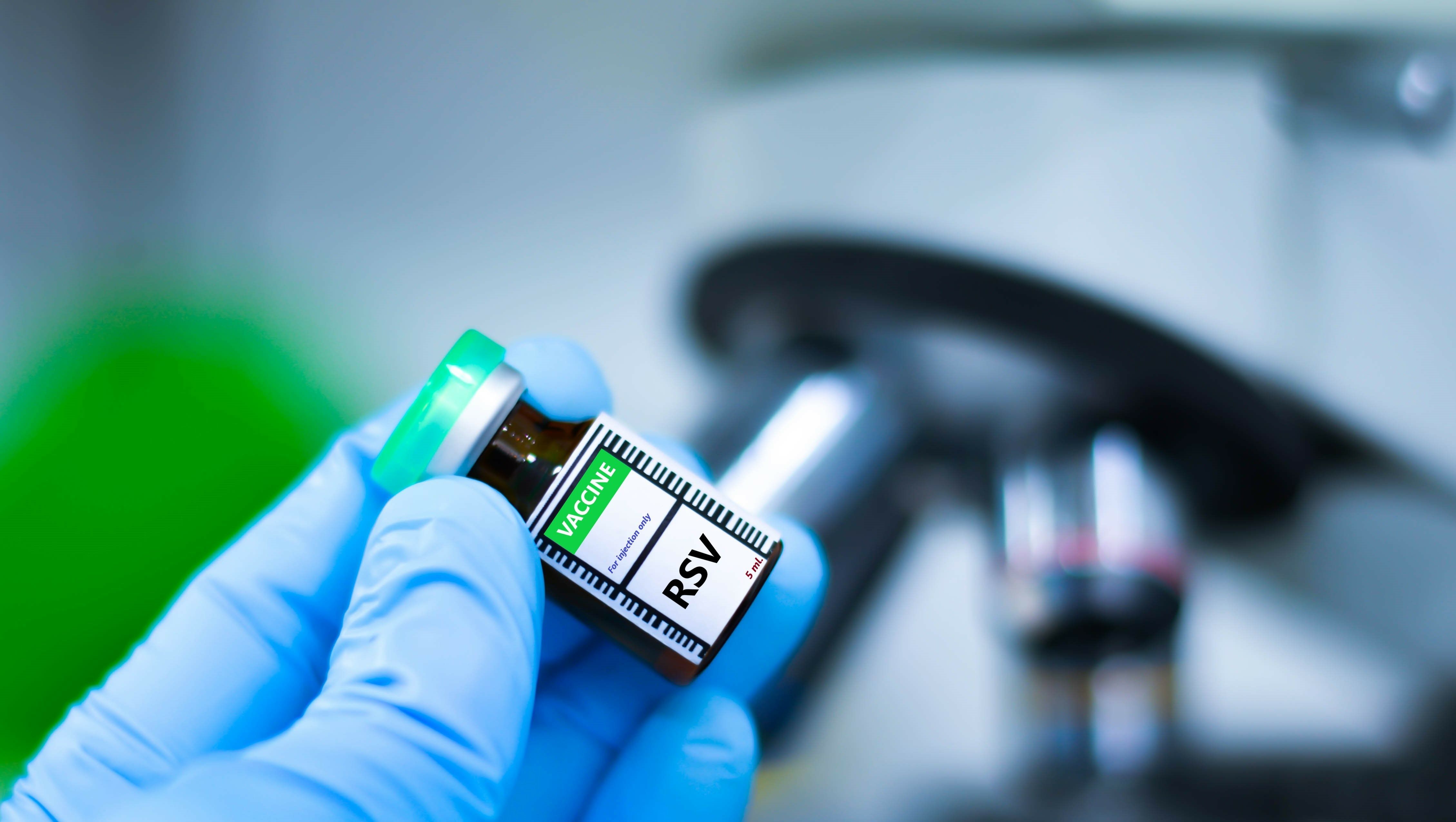Video
Obstacles To Achieving Herd Immunity For COVID-19
Author(s):
John Beckner, RPh, discusses some of the obstacles to achieving herd immunity for COVID-19.
Ed Cohen, PharmD, FAPhA: John, we’re going to switch gears, and I’m going to come to you. Let’s talk about herd immunity. To reach herd immunity, of course, we need to have over 70% of the population fully immunized with both vaccines. We’ve done a great job thus far. We’re up to date 56% of the population with at least 1 shot, regarding the goal to get to herd immunity by Labor Day, but there are many challenges and a few roadblocks that are keeping the rest of the population from embracing the service and the vaccine. Maybe you’d like to walk us through some of those obstacles.
John Beckner, RPh: I’d love to do that. There’s more about herd immunity to start with. Herd immunity has been a moving target since we started talking about it last year. You mentioned 70%, but I’ve heard 75% to 80%. I’m not sure what the right statistic is, but when you look at the vaccination rates—by that I mean the percentage of adults who’ve received at least 1 dose—20 states are over 70% immunized. There are 29 states between 50% and 70% immunized, and there’s still 1 state that’s under 50% immunized. We’ve got a ways to go.
As you mentioned up front, there are a number of reasons why we’re not at herd immunity. There are couple of things that come to mind. The first 1 is the delayed approval of vaccinations for adolescents. Jen has talked about that. Pfizer was approved in May. Moderna is pending, so that’s certainly going to help. That age group—ages 12 to 17—is roughly 8% of the population. The percentage of that group that has been vaccinated is relatively small. That’s having an impact on getting to herd immunity. Maybe this is more anecdotal than anything else, but I’ve heard that as the school year ended, a lot of parents may be holding back on getting their children vaccinated because they don’t want to do it during the school year in fear of the adverse effects that we talked about. So there are a number of things at play.
Another thing that’s impacting herd immunity is, obviously, vaccine hesitancy. We’ve heard so much about that over the last 6 months. Vaccine hesitancy has always existed in general, but it has been particularly evident with the COVID-19 vaccine, primarily because of the safety concerns and the perceived rush to market. Pharmacists can play a critical role in terms of allaying fears and educating patients about the importance of being vaccinated. Another thing that’s happened lately is that there’s been a lot mentioned in the press about these variants, in particular the Delta variant, which appears to be more transmissible than the others. Obviously, this could pose a threat.
The last thing I’ll mention, regarding things that are impacting getting to herd immunity, is that there’s been a fair amount of disparity among the states in the rollout of the vaccine. Some states have done a really good job. Other states, because of lack of resources, haven’t done such a good job. States where there’s been a strong relationship between the state and local health departments and pharmacies have done well. That’s something I’m sure we’re going to talk about later, in terms of lessons learned, and 1 of those is the importance of working closely with your state and local health department.
Transcript edited for clarity.






